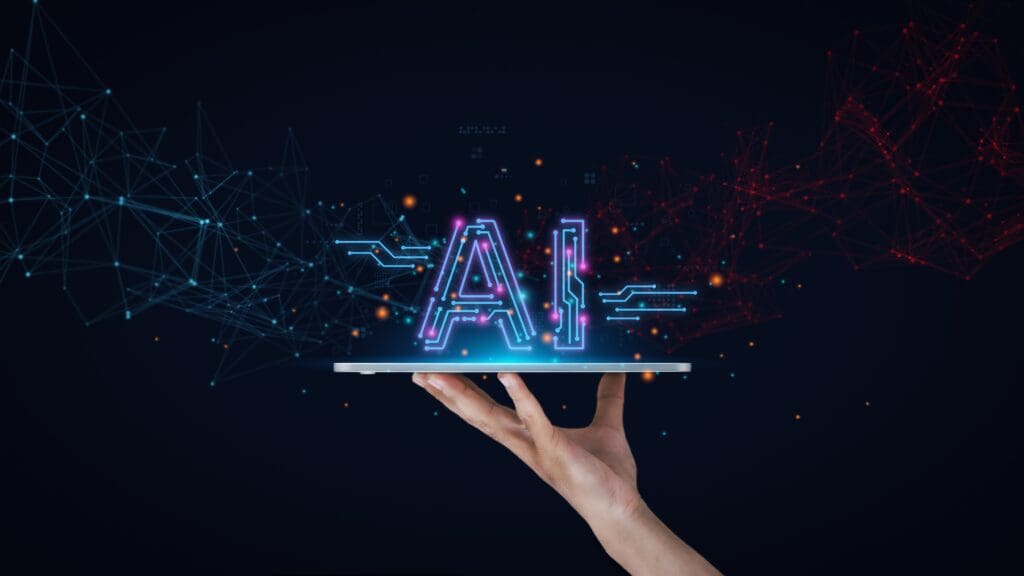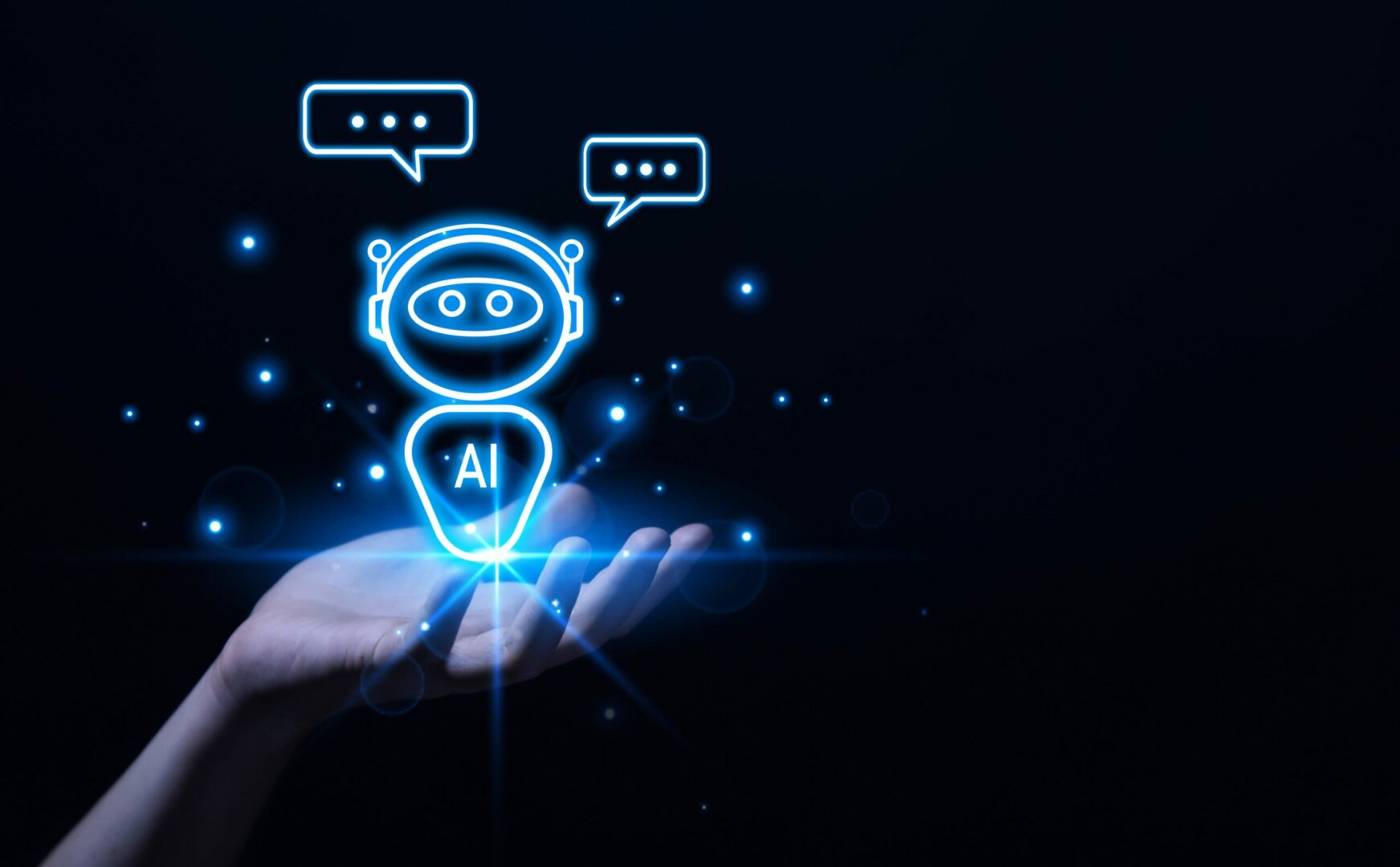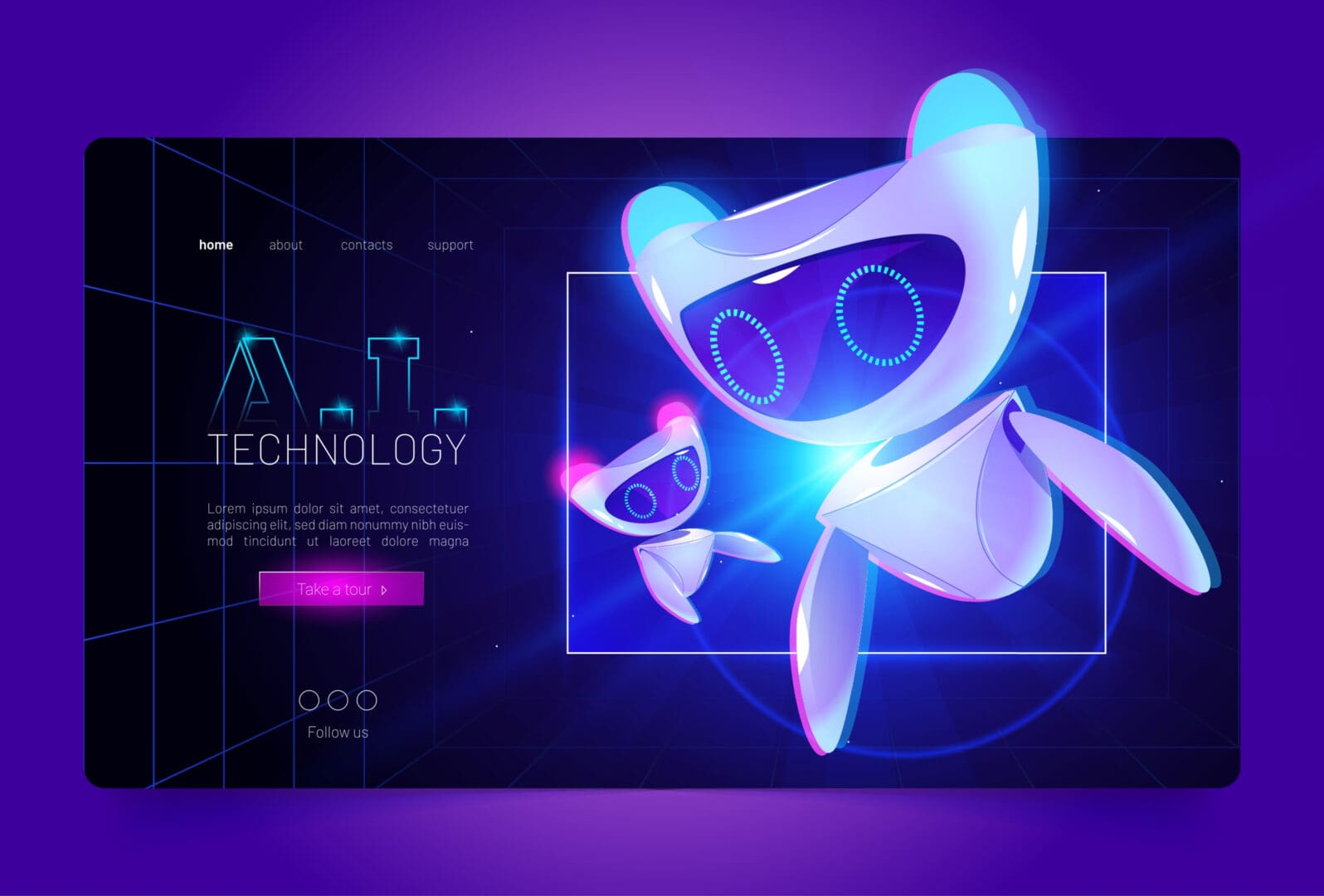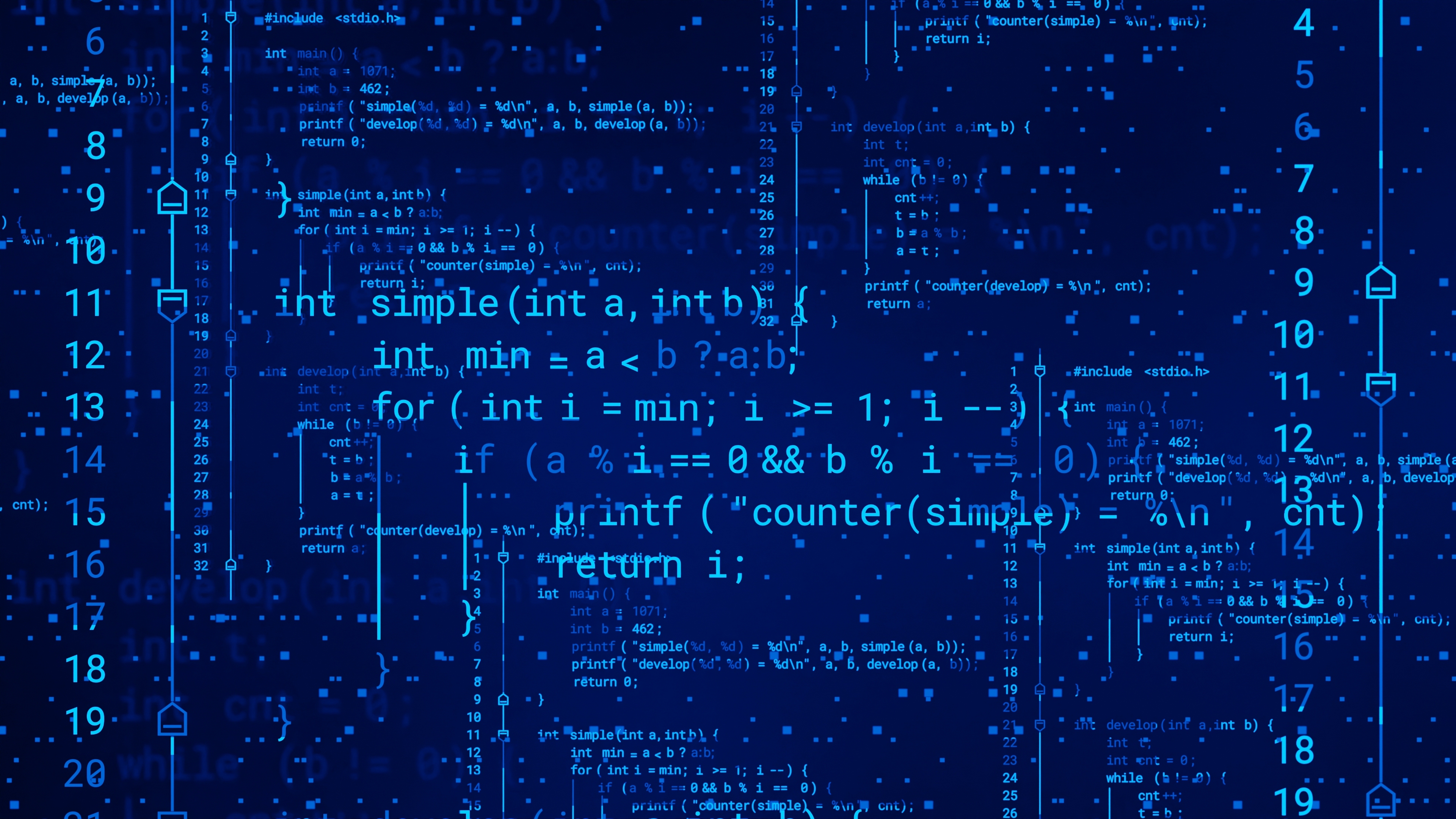Artificial Intelligence (AI) is a term that encompasses a wide range of technologies that must work together to maximize performance. So how does artificial intelligence work and what are the main technologies that drive it?
Machine Learning
Machine learning is a subfield of AI that focuses on developing algorithms and models that enable computers to learn and make predictions or decisions. It uses statistical techniques to enable computers to learn and analyze large amounts of data, and then make predictions or take actions based on that learning. The goal of machine learning is to develop algorithms that can automatically improve their performance over time as they are exposed to more data. Machine learning has applications in various fields, including image and speech recognition, natural language processing, recommendation systems, fraud detection, and many others.
Deep Learning
Deep learning allows developers to train the system (application or computer) to analyze learning processes, to be as similar as possible to the thinking abilities of a human brain.
Computer Vision
Computer vision is a subfield of artificial intelligence and computer science that focuses on enabling computers to perform image processing, interpret and understand visual information from digital images and videos. It involves developing algorithms and models that can analyze and extract important information from visual data, such as images or videos, and make decisions or perform tasks based on this information.
Computer vision replicates the human vision system to perceive and comprehend the visual world. It involves tasks such as image classification, object detection and tracking, image segmentation, image recognition and image generation. Computer vision has various applications in autonomous vehicles, surveillance systems, medical imaging, augmented reality, robotics and many others, where the ability to understand and interpret visual data is essential.
Natural Language Processing (NLP)
Natural Language Processing (NLP) is a subfield of artificial intelligence and computational linguistics that focuses on the interaction between computers and human language. It involves developing algorithms and models that enable computers to understand, interpret and create human language in a significant and beneficial way.
NLP has many applications, including for virtual assistants, language translation, text analysis, customer support chatbots, voice assistants, etc. It plays a crucial role in bridging the gap between human language and computer understanding, enabling more effective communication and interaction between humans and machines.
Robotics
Robotics is a branch of engineering and computer science that deals with the design, construction, operation and use of robots. A robot is a mechanical or virtual agent that is guided by computer software and is capable of performing tasks autonomously or with minimal human intervention.
Robotics combines multiple disciplines, including mechanical engineering, electronics, computer science, and artificial intelligence, to create machines that can interact with the physical world and perform tasks normally performed by humans. Robots are designed for various purposes, such as industrial automation, medical assistance, exploration in hazardous environments, military applications, household chores, and entertainment.
The field of robotics encompasses various types of robots, including industrial robots used in production processes, humanoid robots designed to resemble and interact with humans, mobile robots that can move and navigate autonomously and even virtual robots used in simulations and virtual environments.
Advances in robotics have led to significant progress in areas such as automation, efficiency, safety and comfort. Robotics continues to evolve and find applications in a wide variety of industries, playing a crucial role in changing the way we live, work and interact with technology.

Understanding the image
Pattern recognition is a branch of machine learning and artificial intelligence that focuses on identifying and interpreting patterns in data. This involves the development of algorithms and models that can automatically identify, classify and interpret patterns and regularities in data, allowing computers to make informed decisions or predictions based on these patterns.
The pattern recognition process typically involves several steps, including data preprocessing, feature extraction, pattern classification, and model evaluation. Data preprocessing involves preparing the data by removing noise, normalizing, or transforming it to make it suitable for analysis. Feature extraction refers to identifying relevant features or attributes from the data that can help distinguish between different patterns.
Pattern classification involves building models and algorithms that can assign new and unseen data to predefined classes or categories based on the extracted features. Model evaluation is done to evaluate the performance and accuracy of the pattern recognition system.
Pattern recognition has applications in multiple fields, including image and speech recognition, handwriting recognition, medical diagnosis, object recognition, natural language processing, etc. It plays a crucial role in enabling machines to understand and interpret complex data patterns, leading to advances in automation, prediction and decision-making processes.
Decision Support Systems (DSS)
Decision Support Systems (DSS) are computer-based systems that provide support to individuals or groups in making informed and effective decisions. DSS combines various technologies, data analysis techniques and models to assist decision making processes.
The primary goal of DSS is to improve decision making by providing relevant and timely information, analyzing data, and facilitating the exploration of alternative solutions or scenarios. DSS are usually interactive and user-friendly, allowing decision makers to enter data, adjust parameters and evaluate different options.
DSS are used in applications in a diverse range of fields, including business management, financial analysis, healthcare, logistics, supply chain management and more. They help decision makers by providing data-driven insights, reducing uncertainty, improving the quality of decisions and increasing efficiency in decision-making processes.
What do we do at Infinity Labs R&D?
Infinity Labs R&D, a research and development company, developed a career path about a decade ago that begins with training at our expense for those who successfully complete the program, and ends with development jobs at one of the company’s clients. The process is based on a learning methodology developed by us, Infinity Mentored Social Learning (IMSL) which has been used to successfully integrate about 2,000 graduates in positions that usually require 2-3 years of experience.
With over 200 successful groups in Software Development, Cyber and DevOps, the program has collaborated with over 300 high-tech, defense and startup companies in Israel who return to recruit from us regularly.
Our business model is based on partnership, where everyone benefits:
You do not pay for the training program, during which you will be selected for jobs with one of our clients.
We finance your training program and afterwards when you start working for one of our clients, who pays us, we get a return on our investment in the process.
The customers benefit from Infinity Labs R&D graduates who provide professional and high-quality solutions and stay for the long term.
Get to know the only study method that will really get you into high-tech.
The contract is for two years; by the end, 95% of our graduates are absorbed into the company.
A new program for AI Engineering
As a company experienced in AI product development and with a deep understanding of the national-strategic need for AI experts, the Israel Innovation Authority has entrusted us with launching a new training program for AI Engineers. By the end of the program, you will master numerous technologies driving the AI field, such as Machine Learning, Data Science, Big Data, Deep Learning, Python, Natural Language Processing, and more.



